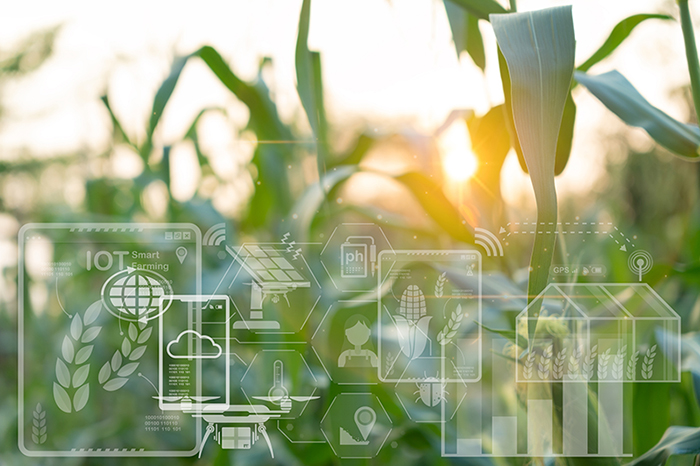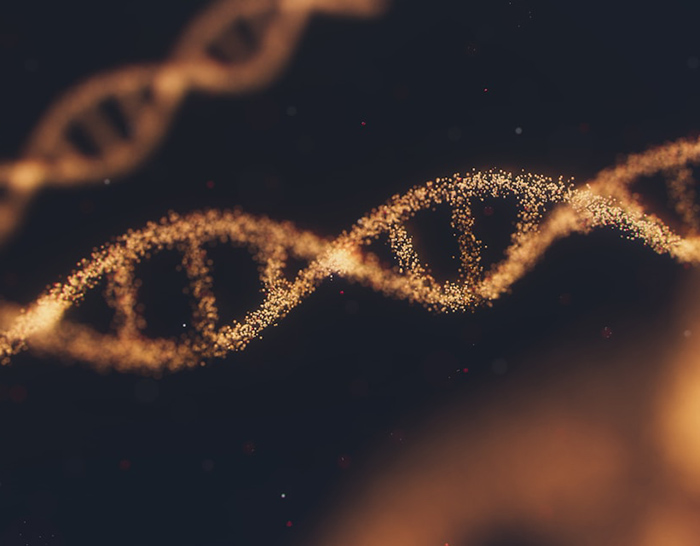As climate change threatens crops and shifts growing areas, maintaining food security requires the kinds of improvements to plant and animal farming that biotech offers, explains the latest episode of the I am BIO Podcast.
“Shifts in climate and population dynamics are forcing us to rethink how we grow, distribute, and consume food,” says the podcast host, Theresa Brady of the Biotechnology Innovation Organization (BIO). “We talk with our guests about biotech breakthroughs that reduce food waste and cut down on the need for water, fertilizers, and pesticides.”
Her interviews with experts from a plant breeding company and an animal biotech firm reveal what’s being done and how it can help.
From GI spuds to gene editing better berries
J.R. Simplot started his potato company in 1929 and built a business providing dehydrated potatoes and onions for the U.S. government in one of the early World War II contracts, says David Hirschi, VP of Plant Sciences and Agronomic Programs at the J.R. Simplot Company. The company expanded into ranching, then fertilizers, and is now one of the largest agriculture businesses in the U.S.
One of the company’s newest businesses, started about a decade ago, involves genetic improvements to plant crops.
“The very first biotech potato,” J.R. Simplot’s “Innate” potato, is less likely to bruise. This makes it less likely to be thrown out by retailers and consumers and more efficient to produce and supply.
“So, when you peel the potato, it doesn’t brown, right? Or when the potato is impacted somehow, it doesn’t bruise,” Hirschi explains. “That reduces waste because a processor takes those bruises and they cut out the bruised parts of the potato before they process it. So without bruising, you don’t need to do all that cutting out and so you use more of the potato.”
Along with reducing the waste from healthy potatoes, J.R. Simplot is also improving potatoes to make sure more of them stay healthy. This includes with genetic improvements to “significantly reduce” phytophthora, the late blight disease that caused the potato famine in Ireland.
Other potato improvements from J.R. Simplot include varieties that are more productive, have longer growing seasons, and are better able to withstand drought brought on by climate change.
J.R. Simplot’s Plant Sciences Division is also improving strawberries using CRISPR Cas9 technology for gene editing. As Hirschi explains, gene editing produced a strawberry with a greatly extended shelf life of 15-20 days, but it only flowered for a short time, so it had a short growing season.
“Strawberries are octoploid so they get eight copies of their DNA from mom, eight copies from dad. And when looking in those copies, we could see that they have this ‘short flower’ gene but they also have this ‘flower all the time’ gene,” Hirschi explains.
Using CRISPR, they turned off the short flowering gene to get a commercially viable strawberry while significantly reducing the 30% loss of strawberries at the grocery store and the 15% loss in getting strawberries to the store.
Cows produce less sweat, more milk
Another podcast guest, Tad Sonstegard, CEO of Acceligen, tells how his firm is using the latest gene editing technology for “developing traits that improve animal well-being and health, regardless of the production system or environment.”
“Really, our main products are not the animals themselves,” Sonstegard explains. “Our products are really straws of semen. From the animals we make, we collect semen, it gets frozen, and then it’s used by something the industry does very widely, which is artificial insemination to breed offspring.”
Based on the semen from one of Acceligen’s bulls, it’s possible to produce a herd with improved genetic traits. One of the improvements Acceligen is making is to produce dairy cows without horns. Domesticated cattle don’t need horns, and horns can cause injury to people and animals.
From the perspective of climate change, another major improvement Acceligen has accomplished is to breed cattle with shorter hair and overall greater tolerance for heat.
It’s possible to give climate-resilient traits to a Holstein from Wisconsin, “export that semen to a tropical zone like Nigeria, Kenya, Brazil. And you can breed that animal to a local cow, and you can increase the milk production very rapidly,” Sonstegard says
“The most potential for its impact is going to be in emerging economies,” Sonstegard says. “If we look at what an average animal produces for dairy in sub-Saharan Africa, the yield gap in milk is huge. I mean, sometimes it’s twelvefold, between a cow they have there versus a cow we have in the United States.”
By allowing improved genetics of cows to make them more productive and healthier—even in hotter climates—Acceligen is ensuring cows in lower-income regions can give more milk, Sonstegard says. “So, you get more bang for your buck, as far as resources go, in producing animal protein.”




